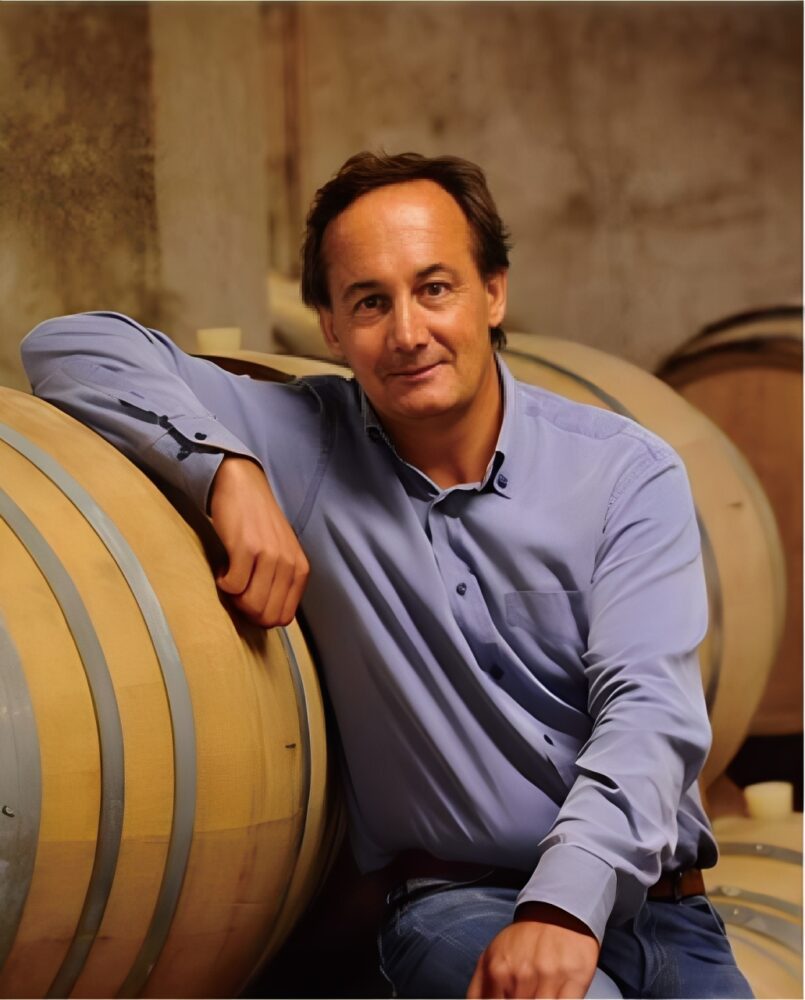Wine List
Nocturne: NV Les Premices Brut
Grand Tasting: NV 1er Cru Les Vignes de Bisseuil, NV 1er Cru Les Vignes de Brigny, NV Grand Cru, 2016 Grand Cru Millésime
Gala Dinner: 2012 Grand Cru Millésime Brut Magnum
Francis Egly is at the helm of this renowned grower estate in Ambonnay, where he makes powerful, terroir-expressive champagnes, based largely on pinot noir. While the Egly family has a long history of grape-growing in the village, the production of estate-bottled champagne is something relatively new. Egly’s grandfather, Charles, had begun bottling some wine in the 1950s, but only in miniscule quantities: one or two thousand bottles a year that were essentially for family and friends. By the 1970s, Egly’s father Michel had begun bottling around 15,000 to 20,000 bottles a year, but most of the family’s grapes were still being sold to the négoce. It wasn’t until Francis Egly (pictured) took over the estate in 1982 that the family began to bottle the entirety of its harvest.
Today, Egly owns 12 hectares of vines, eight of which are in Ambonnay, with the rest in Bouzy and Verzenay, in the northern Montagne de Reims, and in Vrigny, farther to the west in the Petite Montagne. While the two hectares in Vrigny are all meunier, used to make the cuvée called Les Vignes de Vrigny, the rest of the estate’s holdings are planted with roughly 70 percent pinot noir and 30 percent chardonnay.
For Egly, great wine is made in the vineyards, and his viticulture is intended to maximize the potential of his vines, emphasizing old vine-age, low yields and ripe grapes. “You must first make a good wine before you can make a good champagne,” he says. “Making bubbles is a technical process. It’s easy. The most difficult thing is to make good wine.” While some growers are apprehensive about making champagne from grapes that are overly ripe, Egly believes that ripeness is a critical element in making good wine, and he has no issues with harvesting at 12 or even 13 degrees of potential natural alcohol, which is extraordinarily high for Champagne. “We try to do everything we can to get the grapes as ripe as possible,” he says. “Many people here in Champagne are worried about high ripeness and loss of acidity, but in the past, the best vintages are always the ones with a high degree of maturity.”
In 2006, Egly completed a new expansion to his cellar, which allows him to combine all winemaking operations in one place. Pressing takes place on the ground floor, while underneath there are two additional levels, the first for vinification and the second for storage. In the past, he used a traditional vertical press, but as of the 2008 harvest he has acquired two PAI presses, which he says has significantly improved the quality of his musts.
Egly has been a longtime advocate of oak barrels, purchased from his friend Dominique Laurent in Burgundy, and today he works with about 200 barriques, enough to handle roughly half of his production. Egly credits vinification in wood with not only providing more structure and more aging potential, but also bringing out more of the character of the terroir, and in addition, he notes that working with small barrels allows him to vinify different parcels separately. The wines are fermented with indigenous yeasts, and depending on the individual wine, they spend eight to ten months in barrel: “not more,” says Egly, “because then they become too marked by the wood.”
Regarding the malolactic, Egly has no strict system, and the wines may or may not go through malo depending on the particular conditions of the vintage. In the 2009 vintage, for example, he will not allow malo in any of the wines, whereas in 2008, with that vintage’s rigid acidity, he put a portion of the wines through malo. The wines are bottled late, typically in July: “This permits the wine to naturally clarify,” he says, “avoiding the need for fining or filtration.”
Once the wines are bottled, they are aged for a relatively long time on their lees: the Brut Tradition and Vignes de Vrigny are aged for a minimum of three years in the cellar, and the rest of the cuvées even longer. “A long aging period in the cellar ensures a longer potential of further aging [after release],” says Egly. “If the cellar aging is two years or less, the wine begins to mature very rapidly afterwards. Three years is the minimum needed to give the wine the ability to age well.” As part of his recent renovations, Egly has installed temperature control in all portions of his cellar to ensure an ideal environment, allowing him to reduce the use of sulfur and to age the wines for an optimum period of time.


